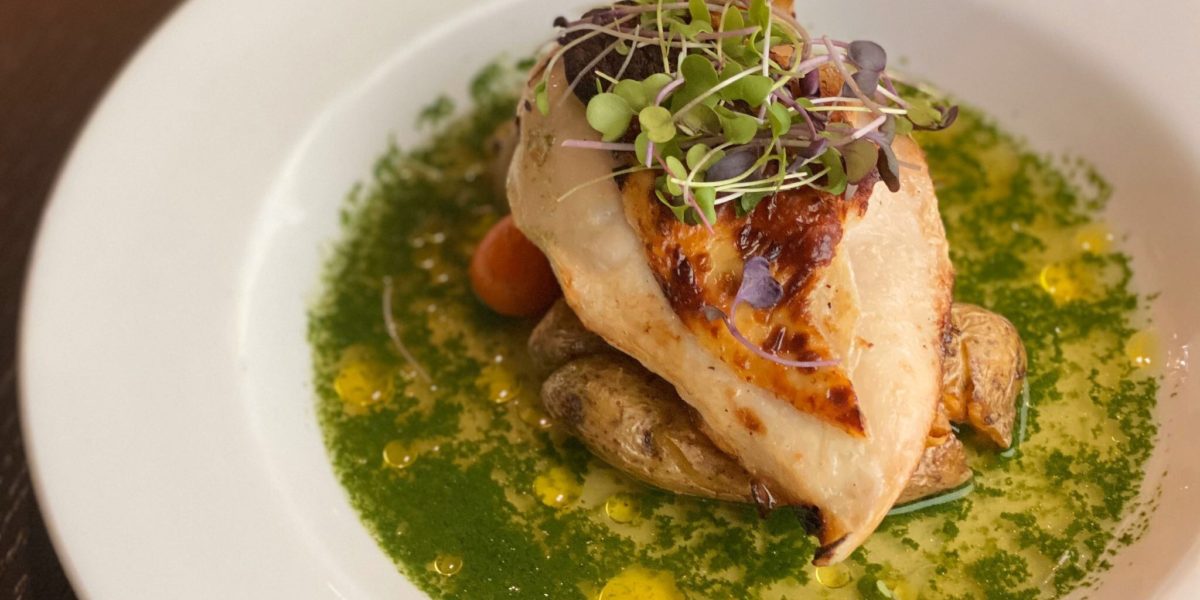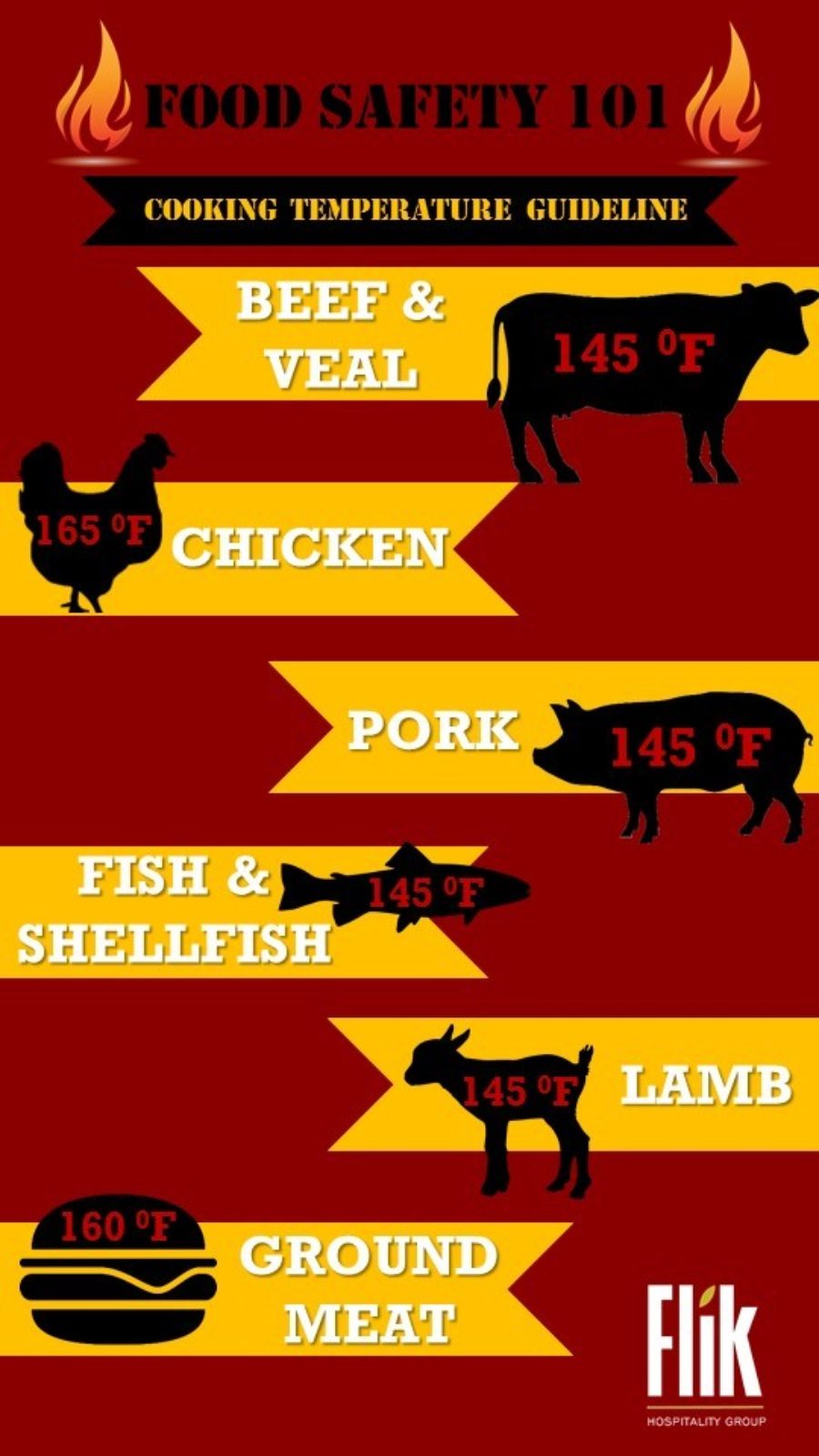
The Food Safety Tips For The Home Cook
Around the world, millions of people have hunkered down at home to help slow the spread of the coronavirus known as COVID-19. If you’re like us, more time at home means more time in the kitchen. But, we recognize that not everyone is a trained chef and many have questions about food safety and sanitation.
Sit down, friends. Kitchen Safety 101 is in session! No matter your culinary skills, food safety is a universal practice that will keep you and your family safe. Here are a few must-know tips to keep in mind:
It Starts with Storage
How you store your food is critical when it comes to food safety. Follow these basic rules for organizing your fridge, freezer, and pantry:
- Refrigerate or freeze perishable foods right away when you get home from the grocery store. Don’t leave meat, poultry, seafood, eggs or other temperature sensitive foods to sit out. This also applies to leftovers and take-out items.
- When stocking up the refrigerator, store temperature sensitive foods such as milk and eggs inside the fridge, not in the door. This is the best way to ensure these foods are kept at a consistent temperature.
- Store raw meats on the lowest shelf in the refrigerator and store produce and ready-to-eat foods above them. This prevents drips from raw or thawing meat onto fresh produce or other containers.
- Follow the FIFO rule: First In, First Out. When you stock your refrigerator, put the newest grocery items behind older items, and use what’s in the front first. Using what is in your fridge first will ensure you’re keeping up with expiration dates and prevents food waste.
- If you stocked up on canned goods, check for damage before opening them. Swelling, rusting, denting, or stickiness can indicate there’s a leak in the can and shouldn’t be used.

Cooking Tips
Now that you’ve stocked your refrigerator, freezer, and pantry, you should know proper handling tips for using all those delicious goods.
- Marinate food in the refrigerator. Bacteria multiplies at a faster rate at room temperature and can contaminate your food.
- When you thaw or defrost proteins like, a little forethought is required. Move your frozen protein onto a plate and thaw in the refrigerator for a reliable and stress-free method of defrosting. For a standard package of chicken breasts, you’ll want to move the chicken from the freezer into the fridge about 24 hours before you plan on cooking. Frozen proteins should never be thawed on the counter at room temperature.
Wash Your Hands – And Then Wash Everything Else
We’ve all heard about the importance of keeping our hands clean during this crisis (and frankly, this should be the case all the time), however clean hands aren’t the only thing that should be the focus before preparing a meal. Items such as cooking utensils and preparation surfaces like counter tops and cutting boards must also be cleaned before starting a meal prep. Keep the working space clear of clutter and wipe all surfaces with a food-safe disinfectant or soap and water prior to cooking.
Get Organized
In the culinary industry, mise en plas is a common French cooking term that means “everything in its place.” It refers to the practice of organizing and setting up ingredients before you start to actually cook. And it’s a critical step and important not only for organization, but also for food safety.
When put into practice, this practice prevents unnecessary trips to the refrigerator, freezer or to pantry to gather supplies while half-prepped food sits on the counter. It prevents the potential for cross contamination. Plus, it also makes you more efficient!
Know the Rules
Time and temperature rules are at the core of good food safety practices. Temperature guidelines refer to the proper cooking and cooling temperatures to prevent pathogens from growing in the food while time guidelines refer to the time a food can be within a temperature “danger zone” before it should be considered unsafe to eat.

The temperature danger zone is anything between 40 degrees Fahrenheit and 140 degrees Fahrenheit. Cold foods should remain at a temperature of 40 degrees or below while hot foods remain at a temperature of 140 degrees or above. A good rule of thumb is to never leave a food within the danger zone window for longer than two hours.
Show us how you’re practicing home food safety!
Send us a note or share your photos on social media with #FoodByFLIK.
+++
What We Were Talking About in 2019:Women's History Month - Celebrating our Chefs: Part 2
What We Were Talking About in 2018: Why I Don’t Believe in Cheat Days
At FLIK Hospitality Group we believe in great food, great service, and great people. Our wellness first approach ensures our food supports healthy and delicious choices, specially curated by our team of culinary experts and registered dietitians. At FLIK, we believe in seasonality in sourcing our ingredients and providing a customized approach to the culinary and hospitality needs of each client. Our dedication to providing quality hospitality service is unparalleled in the industry.
Have feedback or questions for our team? Email us at flikblog@compass-usa.com.
Interested in working with us? Apply today!